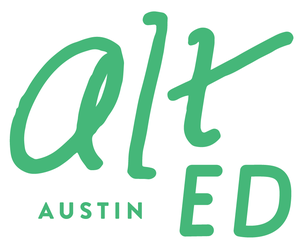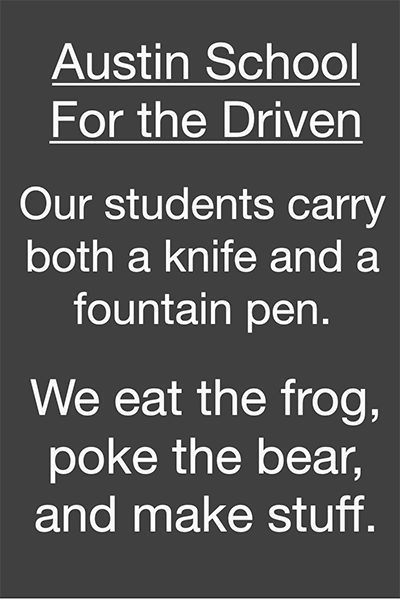A tour of parenting (and educating) cultures with two kids
/GloboGirls YouTubers Harper and Lyra celebrate the hard-to-describe beverage they came to appreciate while living and learning in New Zealand
Well, even as I know I need to devote less time to mucking around on YouTube, Twitter, and the wonderful world of the web generally . . . sometimes it’s just so interesting! This week I decided to check in on Slate writer Dan Kois, who is spending all of 2017 traveling the world with his wife and two daughters for a book project, tentatively titled How to Be a Family. I used to enjoy listening to Dan on the parenting podcast Mom and Dad Are Fighting, until he left to pursue his traveling and writing project.
In part, this Media Monday is a recommendation to be on the lookout for the book because Dan is a lively, slightly curmudgeony writer whose insights about traveling, learning, and enjoying life with kids are bound to be fascinating. Unfortunately, the book is not due out until 2019! But as I was searching for the latest interviews with Dan (see below) to find out how his odyssey is shaping up, I found a terrific little surprise: the Kois kids, Lyra and Harper, have their own YouTube channel, called GloboGirls, where they are recording their adventures and the education they’re getting as their parents take them hopping from New Zealand to the Netherlands to Costa Rica to Kansas, with side trips to Hawaii and Dubai! So far, the girls have lived in and attended school in Wellington, New Zealand, and have just recently moved to the Netherlands.
In New Zealand, kids at Harper’s school took their shoes off before entering the classroom. At Lyra’s school, where kids of many ages are mixed together, she was greeted by a traditional Maori welcome ceremony. Yes, I’m a little jealous.
Dan says that he chose to go to places where families are good at things that his family is not so good at. I really like that as a reason for travel! So in New Zealand, that meant living life mostly outdoors. Maybe in the Netherlands it will be living life mostly on bikes? With tulips? We’ll see . . .
Take a listen and look at the Kois family chronicles:
- Dan talking about the “benign neglect,” also known as free-range parenting style in his Wellington neighborhood on NPR.
- Dan talking about the beginning of his New Zealand adventure on Radio New Zealand.
- Here’s an introduction to Island Bay, where Lyra and Harper lived and went to school in New Zealand, including the tsunami line, the corner store, a grocery store, and playground.
- And here’s a little bike tour of Delft, Netherlands, where they live now.
Shelley Sperry



















